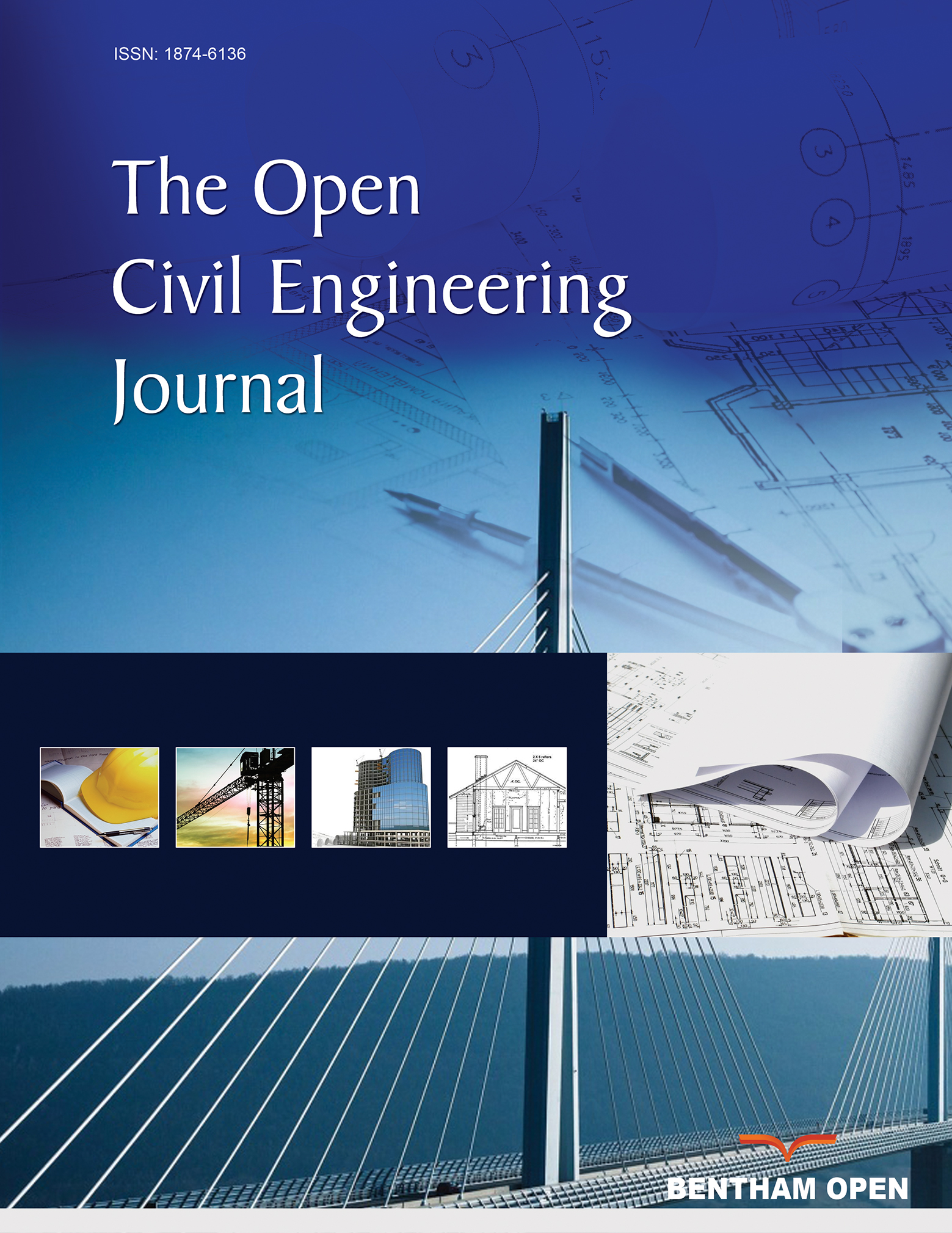All published articles of this journal are available on ScienceDirect.
Investigating the Properties of Drainage Concrete Pavement through the Pore Creation Method: A Study
Abstract
Background:
Over the past decade, the pervious concrete pavement has become a popular innovation due to its highly porous spaces that allow for easy air and water flow from the surface to the underlying layers. However, the increased void content could potentially make the concrete weaker and less durable, which creates a need for alternative methods to maintain its strength while improving its drainage capabilities.
Objective:
This study aims to analyze the characteristics of drainage concrete pavement using a novel method for creating pore structures.
Methods:
To address the challenges of conventional concrete pavement, various pore patterns and diameters were examined, including a 2x2, 3x3, and 4x4 row arrangement with pore diameters of 2, 3, and 4 mm. The concrete mixture was formulated to comply with the standards established by the Department of Highways in Thailand. The study analyzed both the fresh concrete properties, such as slump test and setting time, and the hardened properties, such as compressive strength, flexural strength, and water absorption. The draining capability was evaluated through water permeability performance and the clogging effect was measured by very fine sand particles.
Results:
The test results showed that the slump value of concrete complied with the design specifications, and the initial setting time was recorded to be 230 minutes. The compressive strength and flexural strength tended to decrease while water absorption tended to increase as the pore pattern arrangement and pore diameter increased. However, the compressive strength of all mixtures exceeded 85% when compared to the control. Additionally, the water permeability coefficient ranged between 2.69-18.52 mm/s, and the permeability coefficient tended to decrease when the clogging effect occurred in the range of 18.18-37.27%.
Conclusion:
The findings of this study contributed to our understanding of the properties and behavior of concrete with pore creation. By refining our knowledge of the intricate correlation between porosity and compressive strength, it has become evident that reducing porosity is necessary to enhance the mechanical properties of concrete and ensure its long-term durability. Furthermore, sustainable infrastructure applications can improve the relationship between permeability and effective porosity through construction techniques.


